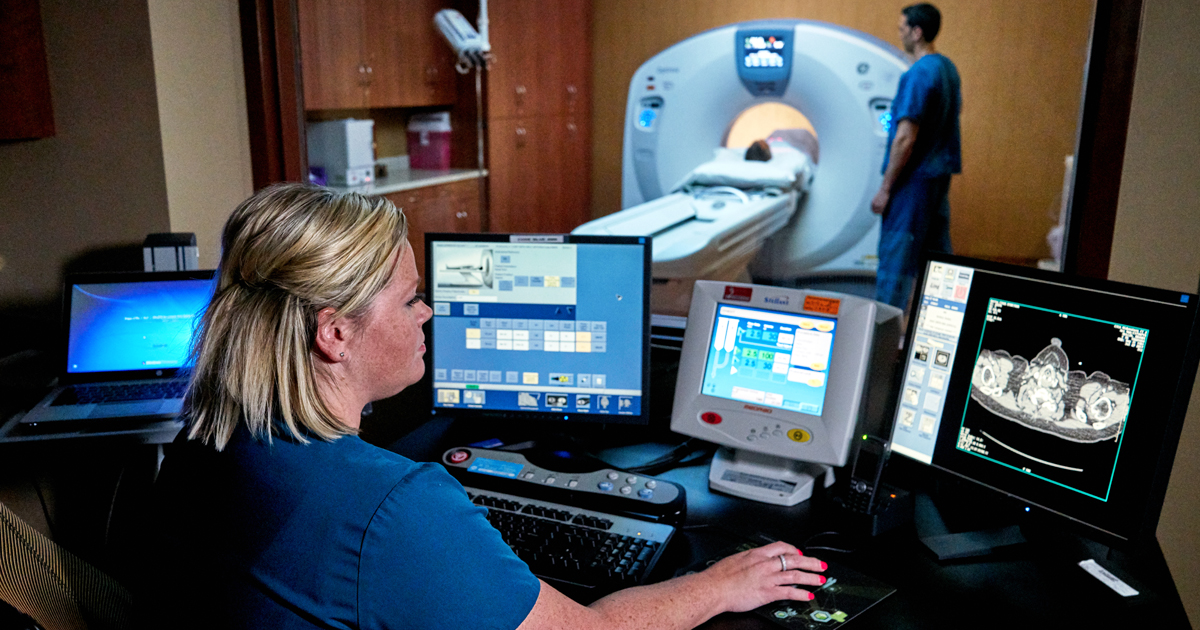Treatments For Pleural Mesothelioma
Pleural mesothelioma is an exceedingly rare cancer, but it can be devastating when it does form. In most cases, the cancer is caused by exposure to asbestos. Inhaled asbestos fibers stay in the body for years, until they finally cause the mesothelial cells protecting the lungs to become cancerous. By the time many individuals see a doctor about their pleural mesothelioma symptoms, the disease has already progressed through a great deal of their body. The right treatment plan will vary depending on the stage of cancer, other affected organs, and the specific symptoms. These are the main treatment options available for patients today.
Surgery

There are three main types of surgery a doctor might recommend for a patient with pleural mesothelioma: extrapleural pneumonectomy (EPP), pleurectomy with decortication (P/D), and pleurodesis.
For many patients, the best chance of total cancer removal is with an EPP. However, this is the most extreme and invasive of the three procedures. If a person doesn't have good overall health, or they might not be able to handle the recovery process, their doctor will suggest an alternative option. Elderly individuals and children generally shouldn't undergo an EPP. EPP removes the entire lung that has been affected by the pleural mesothelioma. It also removes portions of the chest and heart's protective lining, nearby lymph nodes, and a part of or the entirety of the diaphragm.
A P/D operation, which employs two main surgical techniques, spares the lungs and is done with less invasiveness. During the pleurectomy, the surgeons remove the mesothelial cells around whichever lung is growing the tumor. During the decortication, the surgeons remove any visible tumors on and around the diseased lung.
Pleurodesis is a palliative operation. Doctors recommend this procedure when a patient is experiencing pressure and pain from the built-up fluid in their chest. A doctor will insert a tube into the patient's chest wall. The built-up fluid from the pleural effusion will then be drained, relieving the painful pressure. This procedure allows easier breathing and a reduction in pain.
Continue for the next treatment for pleural mesothelioma.
Chemotherapy

Chemotherapy refers to the use of chemicals to fight against cancer cells. Some doctors will recommend only one chemo drug, while others will prescribe a regimen of several at once. Studies show pleural mesothelioma patients respond most positively to a combination of cisplatin and Alimta. When taken together, this combination of drugs increased patient survival times by about three months.
The goal of this treatment is to shrink the tumors and eliminate their ability to continue growing. The process can take a toll on the body, though, and it's common for patients to experience high levels of fatigue and exhaustion following their chemo treatment. Nausea and hair loss are also common. Unfortunately, this is one of the only effective treatments for pleural mesothelioma.
Continue to uncover the details on the next treatment for this condition.
Radiation Therapy

Radiation therapy is used to shrink tumors, and often has palliative uses. As tumors grow, they increase the pressure and pain in a person's chest, and may also make breathing increasingly difficult. Radiation uses specifically targeted beams of radioactive light to target and destroys the tumors.
This treatment does have risks of its own. Radiation therapy might increase the chance of developing a secondtype of cancer, so it should not be used on child mesothelioma patients. However, most pleural mesothelioma patients are middle-aged to elderly. Their cancer development risk is much lower because their life expectancy is shorter. Doctors recommend radiation in cases where it is the most logical option to ease discomfort without surgery. In most cases, radiation will be used alongside other treatment methods.
Keep going for the next pleural mesothelioma treatment.
Multimodal Therapy

Multimodal therapy refers to using several treatments instead of just one. Most doctors will recommend some form of multimodal approach to treatment, as combining treatments have shown to offer great increases in life expectancy.
A doctor may prescribe a chemo treatment as the first course of action regarding tumors. However, after the chemo shrinks the tumors, they may recommend the patient have the tumors surgically excised. Similarly, a doctor may recommend surgical procedures first, with follow-up chemotherapy to destroy any cancer cells left behind.
When surgical procedures were used alone, their average length of survival was twenty-two months. However, when chemo treatment and surgical procedures were combined, that number lengthened to thirty-five months.
Another study shows combining radiation techniques, chemotherapy, and surgical procedures can cause a patient to survive for an average of thirty-three months. This is more than three times the original life expectancy given to many pleural mesothelioma patients.
Continue to take a look into emerging treatments for this condition now.
Emerging Treatment

New experimental studies are constantly being conducted to find emerging treatment for mesothelioma and other cancers. One area of focused research is immunotherapy, which is the term covering a broad class of therapeutic strategies capable of immune system targeting. One of the largest areas of research in the immunotherapy field is related to cancer. Common immunotherapy treatments currently used are monoclonal antibodies and checkpoint inhibitors.
Gene therapy is another type of medical treatment. Its goal is to fix a person's mutations and genetic problems through the introduction of genes that properly function. Gene therapy may be helpful in the future for people with a genetic predisposition to pleural mesothelioma.
There is a tumor protein known as TP53. This human gene assists in cancer suppression. Treatments for cancer that use p53 are still in early experimentation stages. The protein has great promise due to its ability to kill or repair cells that have damaged DNA.
